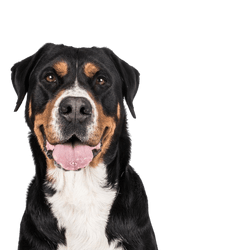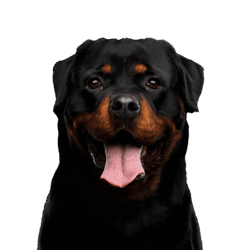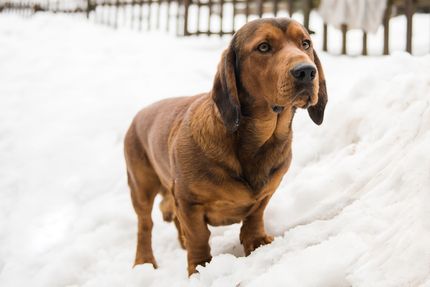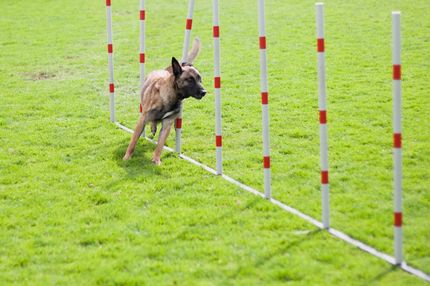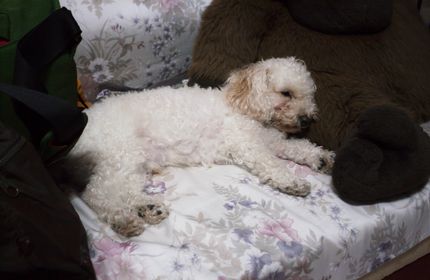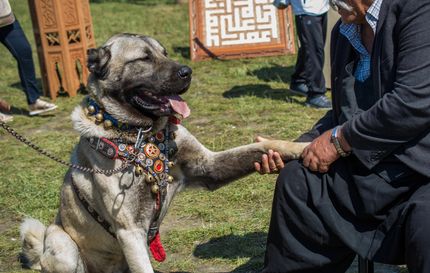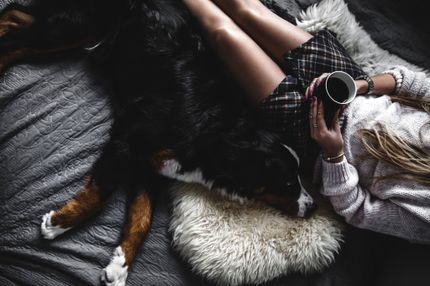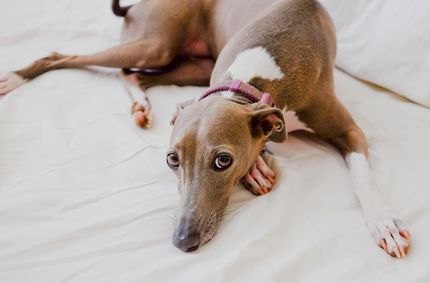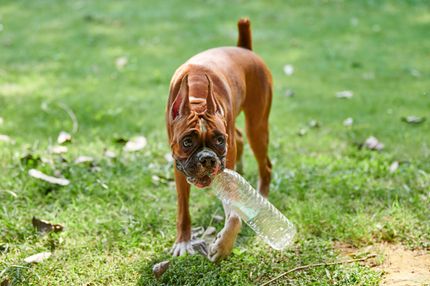Facts & Origin
History and origin
The Greater Swiss Mountain Dog and Rottweiler mix, also known as the Greater Swiss Rottweiler, is a hybrid of two very strong and very capable working breeds. This hybrid is believed to be bred in Switzerland, although this is not exactly confirmed. The Greater Swiss Mountain Dog, originally an alpine dog, was bred as a working dog, while the Rottweiler originated in Germany and was bred as a herding dog for livestock.
The Greater Swiss Rottweiler is an impressive, strongly built and lively dog that can be used just as well as a companion in an active family as it can as a working or guard dog. With proper care and training, this mix is a rewarding addition to the right family or individual.
| Alternate Name | - |
| Origin | Switzerland - Germany |
| Life expectancy | 8 - 11 years |
| Care requirements | low-maintenance |
| Activity level | average |
| FCI group | not recognised |
| AKC group | not recognised |
| KC group | not recognised |
More Swiss mountain dog mixes
More Rottweiler mixes
Attitude, character and temperament of the breed
Character traits and suitability
Crosses between Great Swiss Mountain Dogs and Rottweilers usually produce large, strong dogs with a gentle but energetic temperament. These dogs are known for their loyalty to their owners and their ability to integrate well into a family.
- Playful and energetic, this mix is very active and needs regular exercise. He loves to be outdoors and is a good fit for active families.
- Alert and protective: Like both parent breeds, the Greater Swiss Rottweiler is very alert in nature and has strong protective instincts, making it an excellent watchdog.
- Easy to Care For: Despite their size, Greater Swiss Rottweilers are relatively easy to care for. Their coats are short to medium in length and require only occasional brushing.
This dog breed is better suited to homes with adequate space due to their energy and size. It is important to socialize and train them properly, as they can become fearful or aggressive if not handled properly.
They are strong and active dogs with an average life expectancy of 8-11 years.
Character
Care and health
Like the parent breeds, the Greater Swiss Rottweiler needs regular exercise and activity, both physical and mental. Walks, runs, or games of fetch are ideal for channeling his energy.
Grooming is relatively simple, with a weekly brushing usually sufficient. In contrast, more frequent brushing may be helpful during coat changes to remove dead hair.
As a result of crossbreeding, the Greater Swiss Rottweiler may inherit genetics from both parent breeds. Therefore, they could be susceptible to hip dysplasia, eye problems or heart disease, which are occasionally seen in both breeds. Regular veterinary checkups and preventative measures such as proper diet and exercise can help maintain their overall health and minimize the risk of chronic disease.
Breeding the Greater Swiss Rottweiler
When breeding Greater Swiss Rottweilers, it is important to follow responsible practices to ensure that healthy and spirited puppies are bred.
Parent dogs should be screened for common health problems and should only be allowed to breed if they are healthy. In addition, socialization of puppies should begin early and continue to ensure that they develop into well-adjusted and friendly dogs.
What does this mixed breed look like?
A typical Greater Swiss Rottweiler is characterized by a large, strong build and a thick, dense coat.
In terms of size, males usually reach a shoulder height of 58-70 cm, while females are on average slightly smaller, with a shoulder height of about 52-65 cm. The weight of a Greater Swiss Rottweiler can vary greatly, but is usually between 35 and 55 kg for males and between 30 and 45 kg for females.
Known Diseases
Hip dysplasia (HD)
Hip dysplasia (HD) is a genetic condition in dogs where the hip joint is not shaped properly. This leads to pain, stiffness and restricted movement.
Elbow dysplasia (ED)
Elbow joint dysplasia is a chronic disease complex of the elbow joint of fast growing dog breeds.
Cancer
May be common in older dogs.
Kidney disease
Symptoms of kidney disease in dogs: increased urination (polyuria) increased water intake. Inflammation of the mucous membrane of the mouth. Loss of appetite
Heart disease
Can occur frequently in dogs and can sometimes be treated with medication.
Joint damage
In some breeds, joint damage can occur later in life, affecting the musculoskeletal system.
FAQ
-
The Greater Swiss Rottweiler is a cross between a Swiss Mountain Dog and a Rottweiler. They have a strong build, strong bones and muscles, straight legs, a broad back and a long, dense coat. They are usually very loyal, affectionate and playful.
-
The average Greater Swiss Rottweiler will typically grow between 50 and 65 inches tall.
-
It can be available in different colors, including black, brown and red.
-
No, he is usually a very sociable dog.
-
It can have a lifespan of 8 to 14 years.
